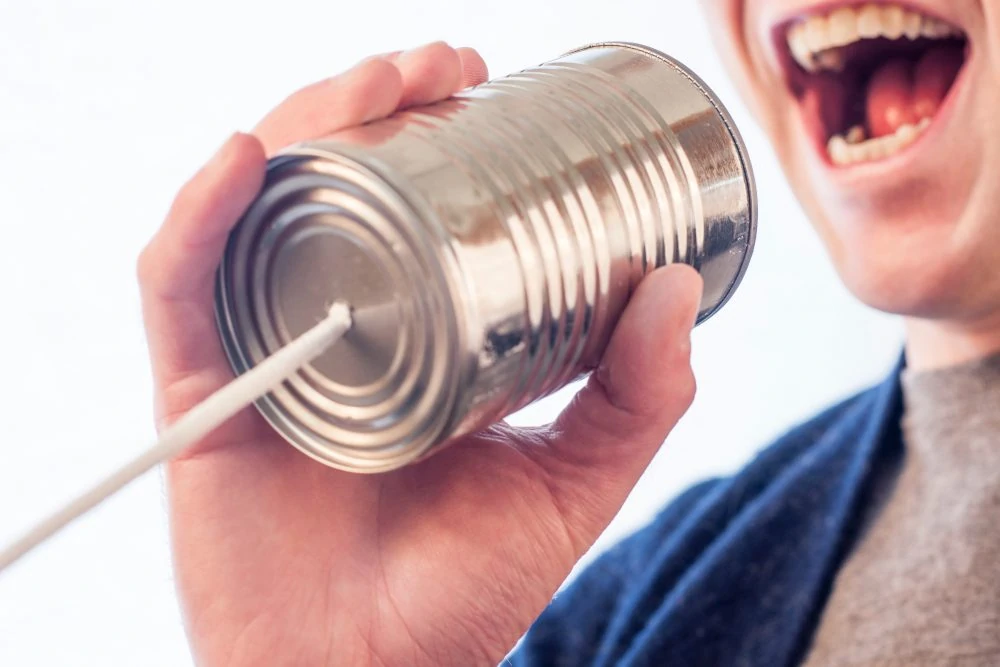Your Genesys Blog Subscription has been confirmed!
Please add genesys@email.genesys.com to your safe sender list to ensure you receive the weekly blog notifications.
Subscribe to our free newsletter and get blog updates in your inbox
Don't Show This Again.

This blog post was co-authored by Genesys technology partner, eMite.
I am a huge proponent of Net Promoter Score (NPS). it puts a real emphasis on delivering a superior customer experience by focusing not just on closing deals but also turning customers into advocates. Putting your efforts into powerful customer experiences sets your business up not just to survive — but thrive — in today’s dynamic business environments.
Great customer experiences can be powerful differentiators. And there are two issues companies encounter when using NPS.
First, NPS is a calculation based on response to the customer survey question “On a scale of 1-10 how likely are you to recommend [your company] to friends or family (or business associates)?” Responses that range from 0 to 6 are considered “Detractors,” responses that are 7s and 8s are “Passives” and 9s and 10s are “Promoters.” The next step is a simple calculation: take the percentage of Detractors and subtract them from the percentage of Promoters. For example, if 37% of respondents answer 9 or 10 but 42% answer any number from 0 to 6, your score would be -5. (Hint: negative numbers are bad.) While scores vary among industries (See Figure 1), generally scores above 0 are considered good, scores above 50 are great and scores above 70 indicate an elite customer experience.
It sounds simple, but far too often I see firms undermining their own success by putting their own twists on the formula to create the appearance of better results.
One of those twists is changing the way scores are evaluated. The logic being that a score of 6 really isn’t that bad, and an 8 should be considered a good score. Yes, a 6 is terrible; any answer below a 9 or 10 means a customer has no real desire to recommend your company. The whole goal of a great customer experience program is to build positive word of mouth through great customer experiences. If your customers can’t recommend your company enthusiastically, they probably won’t recommend you at all. While a score of 7 or 8 is nothing to be ashamed of, you’re leaving your customers vulnerable to being swayed by competitors.
Second, some companies calculate NPS, or something similar, based on almost mandatory product reviews or in-app rating systems. Hitting “Five stars” just to move onto the next screen or receive whatever incentive is being offered doesn’t necessarily represent a five-star experience.
Don’t forget the “P” in NPS; it’s one thing for a customer to give you five stars in a satisfaction survey, but it’s something else entirely if they rate their likelihood of recommending your product/service to friends, family members and colleagues. NPS is a gauge of your word-of-mouth marketing — the most valuable marketing to your company — and the single best metric in determining the success of your customer experience programs.
A study conducted by the London School of Economics two years after NPS was created found that a seven-point increase in NPS correlates with 1% growth in revenue. That’s nothing to scoff at; it adds up as NPS scores increase further. Obviously, you need more KPIs than NPS scores, including CSAT and CLV. But when it comes to shaping your customer experience strategy, you need to start with NPS and measure it accurately.
eMite onboards data from any process or system and visualizes it in an easily configurable interface.
Visit their applistings in the AppFoundry Marketplace, available in PureCloud and PureConnect.
Subscribe to our free newsletter and get blog updates in your inbox.